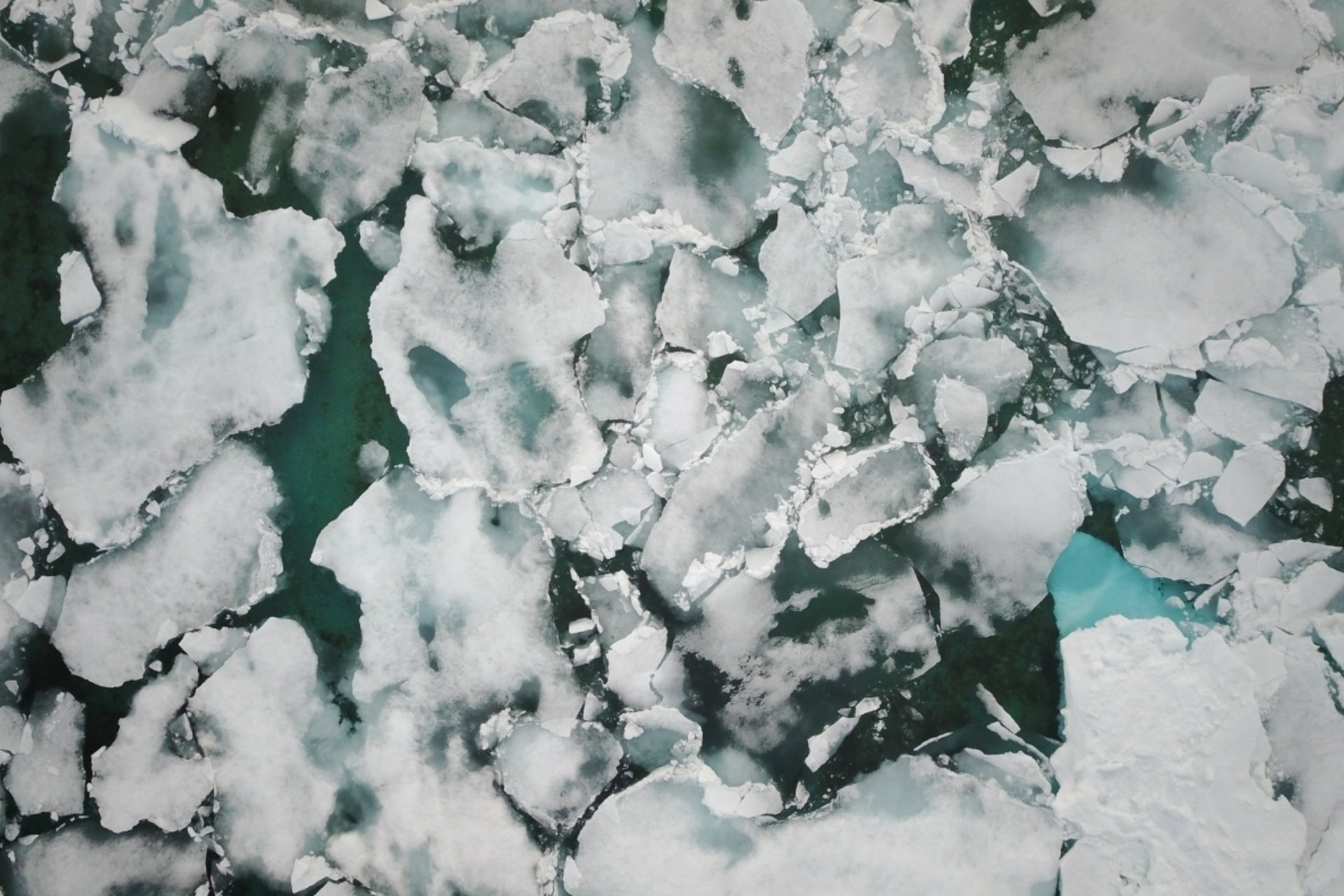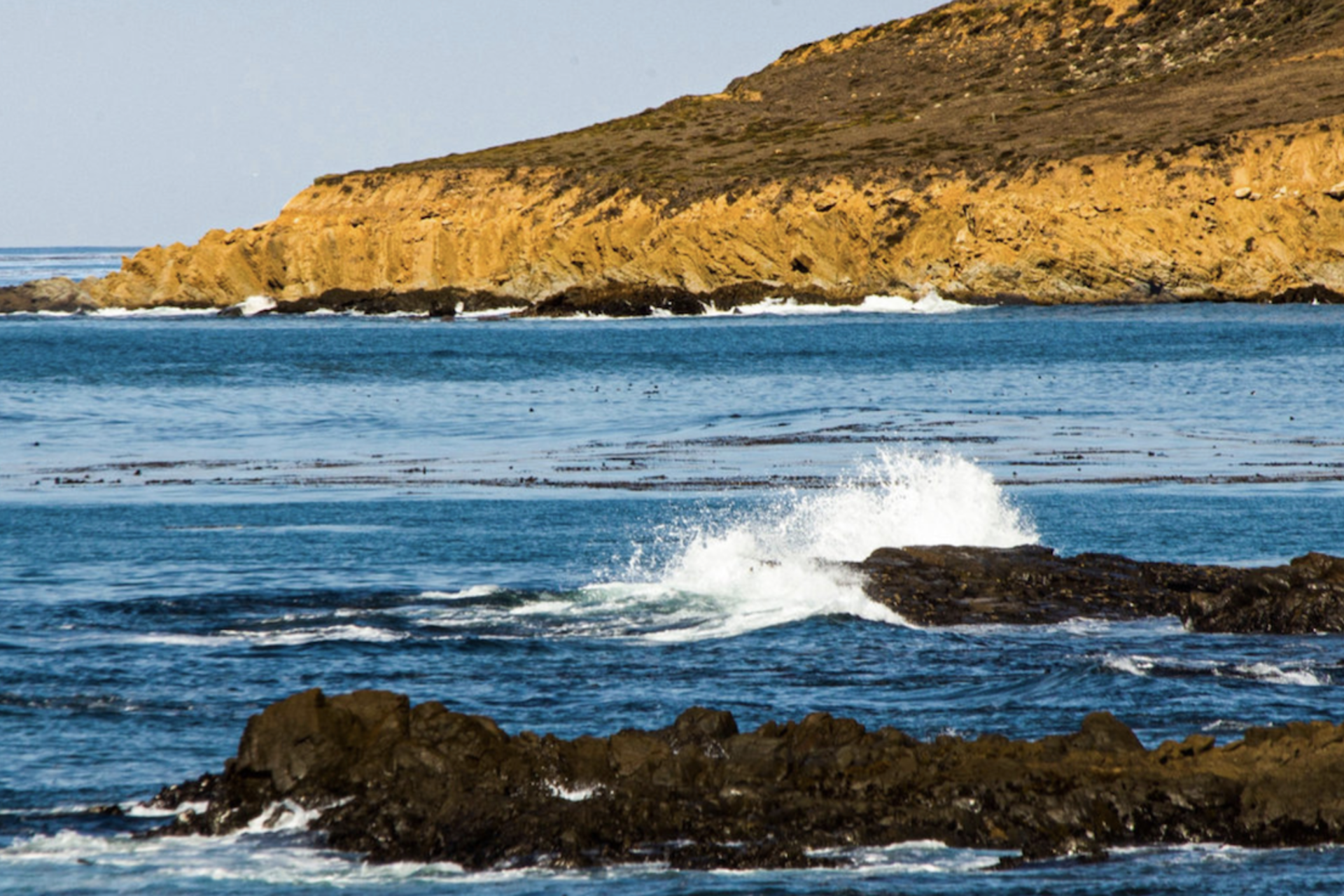Safe Harbors: The Many Benefits of Marine Monuments and Sanctuaries

The United States has been at the forefront of marine resource stewardship since the 1970s when Federal officials began to implement a series of national policies aimed at the conservation and management of public trust resources in the ocean. Beginning with the establishment of the National Oceanic and Atmospheric Administration in 1970, soon followed by several pieces of landmark legislation, this era marked the start of a continuing effort to integrate ecosystem science with marine resource management. Among the most important bipartisan legacies of this effort has been the steady expansion of marine managed areas in U.S. coastal and ocean waters. This legacy is being challenged as the Trump Administration considers whether to alter or eliminate the nation's Marine National Monuments and National Marine Sanctuaries.
Explore More
-
The inaugural awards will enable research teams to pursue interdisciplinary ocean and coastal projects that address impacts of environmental change in the Bay Area and beyond.
-
A new research partnership will combine Indigenous and scientific knowledge to monitor marine life in a sacred tribal region that may be a bellwether of how native species will fare in the face of climate change.



